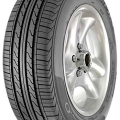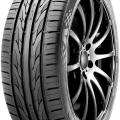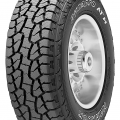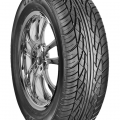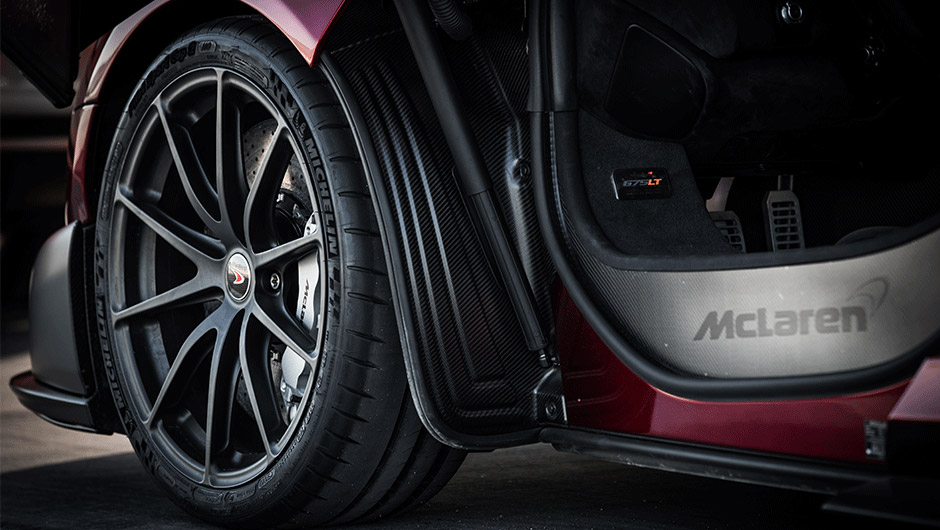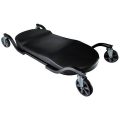How To Fix Dry Rotted Tires

Tires are subjected continuously to different kinds of factors that can adversely affect handling and performance. One of the most common factors affecting the tire is dry rot. Though not connected to any fungus or bacterial, dry rot in tires is a condition whereby its rubber becomes hard and brittle, which can cause damage like cracking of the tire sidewalls. This condition is mostly caused due to several reasons like UV radiation, high mileage, old tires, leaving tire without using for an extended period, exposure to ozone which evaporates the oil inside the tire and result to dry rubber tire.
Since tires are exposed to several factors and pressure every time the vehicle is used, the inelastic rubber may find it difficult to stand up to the task. Dry rot is not necessarily the end of using your tire as many will claim. There several easy and straightforward instructions you can follow to repair your dry rot tire at home. In this guide, we’ve put together some guidelines to help you repair and lengthen the lifespan of your tire to save some money in your pocket. Before we proceed, let’s know some few things about dry rot.
What are the primary causes of dry rot?
The most common causes of dry rot include constant exposure to sunlight, not driving your car for an extended period, low inflation can create excessive wear that dries out the tire, adverse weather condition like heavy acid rainfall can destroy the protection of your tire and allow dry rot to appear.
What are signs of tire dry rot?
Tires are made from materials like rubber, plastic that naturally degrade over a period. Though the degradation process depends on temperature, humidity, climatic condition, air pressure, how often the car is used and how long the tire stays on the floor without usage. Due to these factors, oil begins to dry out of them, and the surface becomes dry, hard, brittle and cracked.
Can you repair tire dry rot?
Yes, dry rot can be repaired if you follow the easy steps below.
How To Fix Dry Rotted Tires
Materials needed
If you have seen the signs mentioned above like cracking on your tire sidewall, you should probably think of what to do unless you are planning on buying a new tire. For every budget-minded driver who prefer working on their car, the first step is to assemble all the pieces of equipment you are going to need. These materials are listed below;
- A Hope Pipe
- Sponge
- Clean Rag or Towel
- Water Based Tire Protector
- Water Based Tire Degreaser
These materials should be easy to get especially the first three and if you don’t have them, go to the nearest store. Be sure you a suitable sized sponge and towel since you will be cleaning your tires. The water-based tire protector and degreaser can be sourced online make sure you get the best product when purchasing. For the purpose of repairing your tire, it is highly recommended you buy the water-based protector and degreaser.
Steps
Now that you have gotten all the materials needed, it’s time to get rid of the dry rot in your tire through these easy and straightforward steps
Remove the tire: it is advisable to remove the tires from the vehicle if the tires are still fixed. Jack up the car and remove the tire. This is a good idea because dry rot might have affected the tire wall on both sides if the tire is still fixed that makes it difficult to see the inside tire wall.
Proper inspection of the tire: you should inspect the tire to see where the damage has been done so you can know the area to concentrate on with the protector products. You cleaning should be done where water can efficiently run off. Water might find it difficult to flow in garage or workshop, best you use your lawn, driveway or a place of your choice.
Degrease: the next step is to use the protector product on the surface. These products usually come with an instructional manual, so read the instructions carefully and follow the steps. General speaking you will pour some of the degreaser product on the sponge then rub it down the affected area. Repeat for all affected area.
Rinse: after applying your degreaser, softly wash down the surface with a sponge or a clean towel, grab the hose and spray the tire thoroughly. Continue the degreasing process until most of the grim and dirt are removed. Hose down the tire until you have a clean and tidy tire. Leave the tire to dry for some period before moving to the next step.
Protect: after the tire is completely dry, the last step is to apply the protector product. Read and follow the instructional manual. The manual will instruct you and put you through the correct process. General speaking, pour some of the product on a clean towel and wipe directly on the tire. Make sure you clean both the affected area and the unaffected area with the product. Apply to the sidewall of the tire and leave for some time.
How can I prevent tire dry rot?
If you won’t be using your vehicle/tires for an extended period, it’s best you keep your vehicle/tires in a climate-controlled garage. Make sure the tire is inflated to the manufacturer’s recommendations, try to park your car in the shade, place boards under the tires and keep the air regulated at least once a month.
Conclusion
You should be aware that this solution is not permanent. The degradation process is a natural process that can’t stop, however, this process will slow the decay process and protect it against UV rays, ozone, and other damaging factors. If you are on a budget, using this method will help keep money in your pocket for a short period. However, as soon as cracks reappear, follow the steps again, or you change the tires for a permanent solution.

